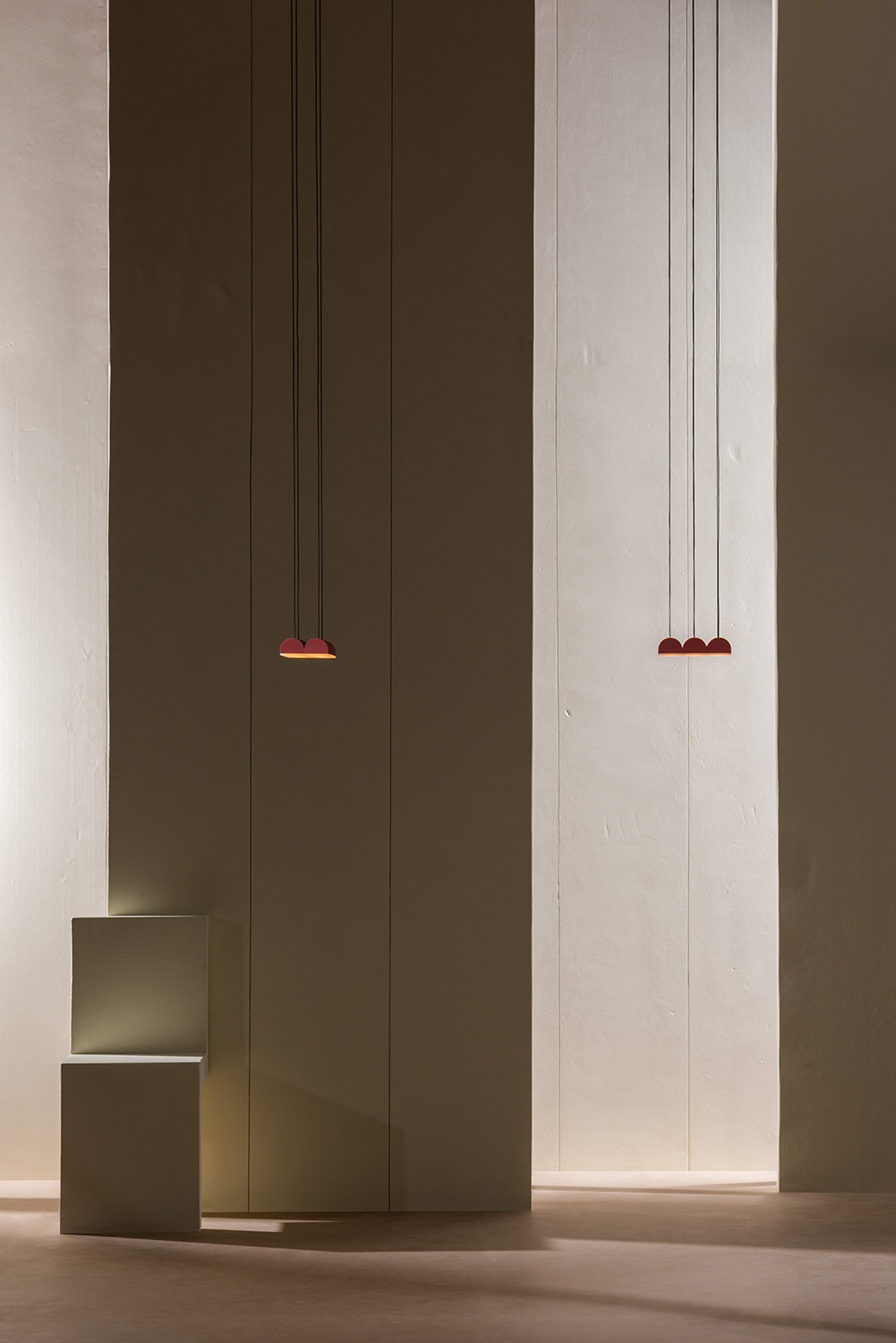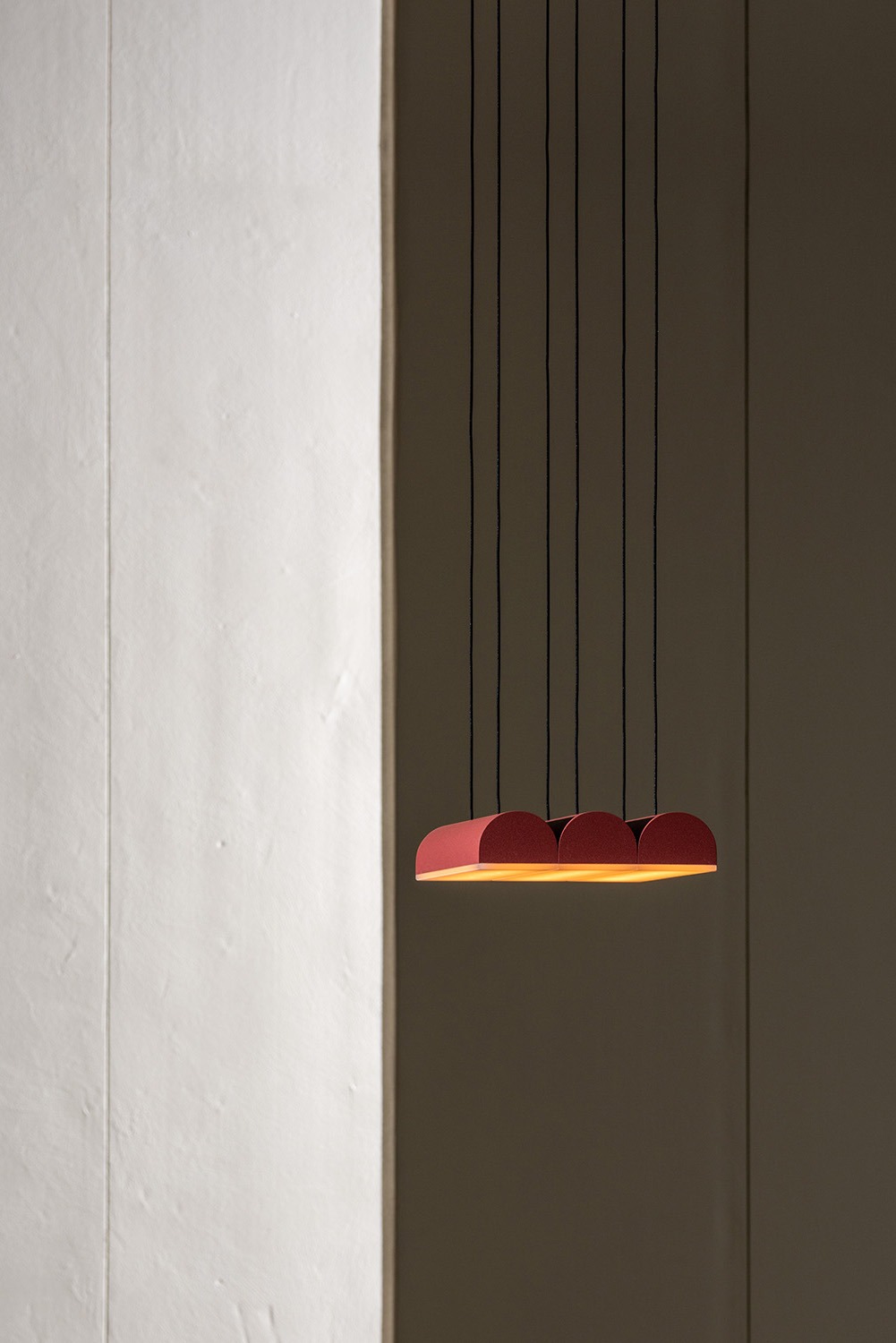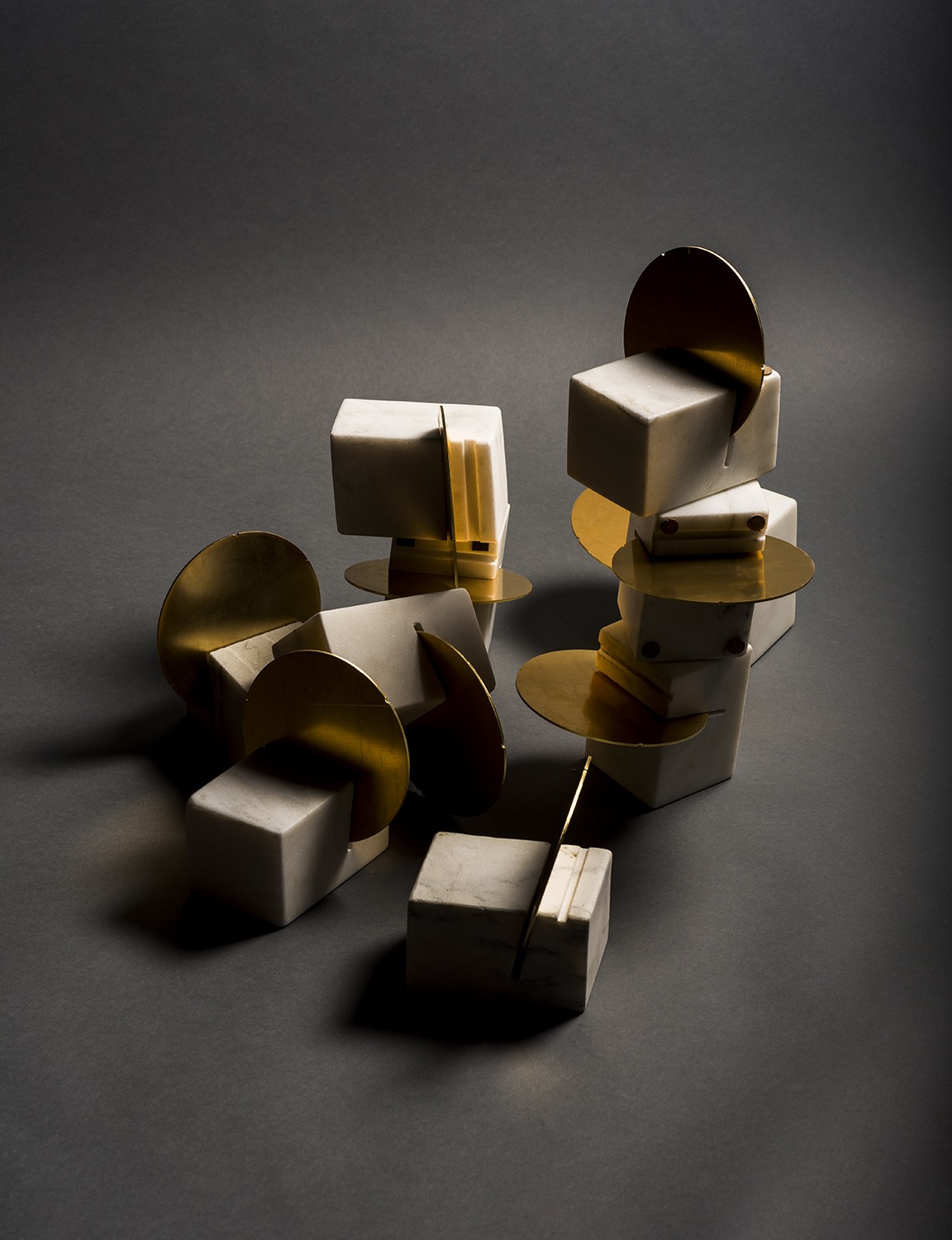If the word ‘art’ entails seeking, researching and expressing new languages able to redefine what surrounds us, then Lambert & Fils are masters in this exercise. For this Canadian design studio, the starting point is the signification, deconstruction, and resignification of objects through their materials and capacity for expression.
In this process, photography plays a key role, highlighting the object’s interplay with light. Matière Première, a book in celebration of the studio’s 10th anniversary, reflects the history of Lambert & Fils through images taken by Arseni Khamzin, its photographer, with words and poems written by playwright Fanny Britt and the studio’s founder Samuel Lambert.
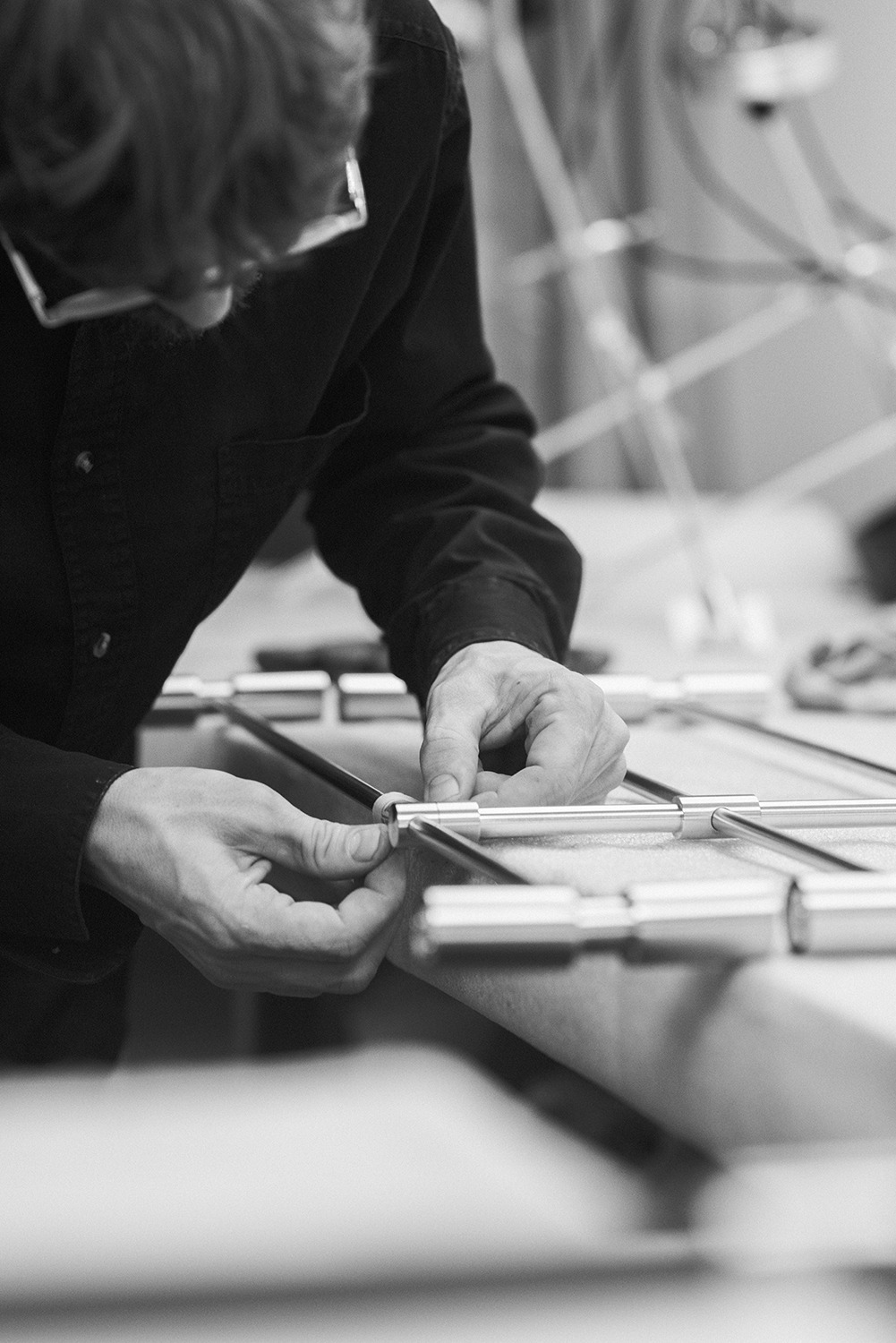

It is very unusual for a day to go past at Lambert & Fils without hearing the words Matière Prèmiere (raw material), used to signify a transformative instinct that goes beyond conscious thought, when a shape, colour or texture appeals to someone from the team. Roused by that impulse, they all feel obliged to transform it into something else: ‘Shapes and materials are in constant dialogue at our studio, to such an extent that we often have no idea what sparked off debate.’
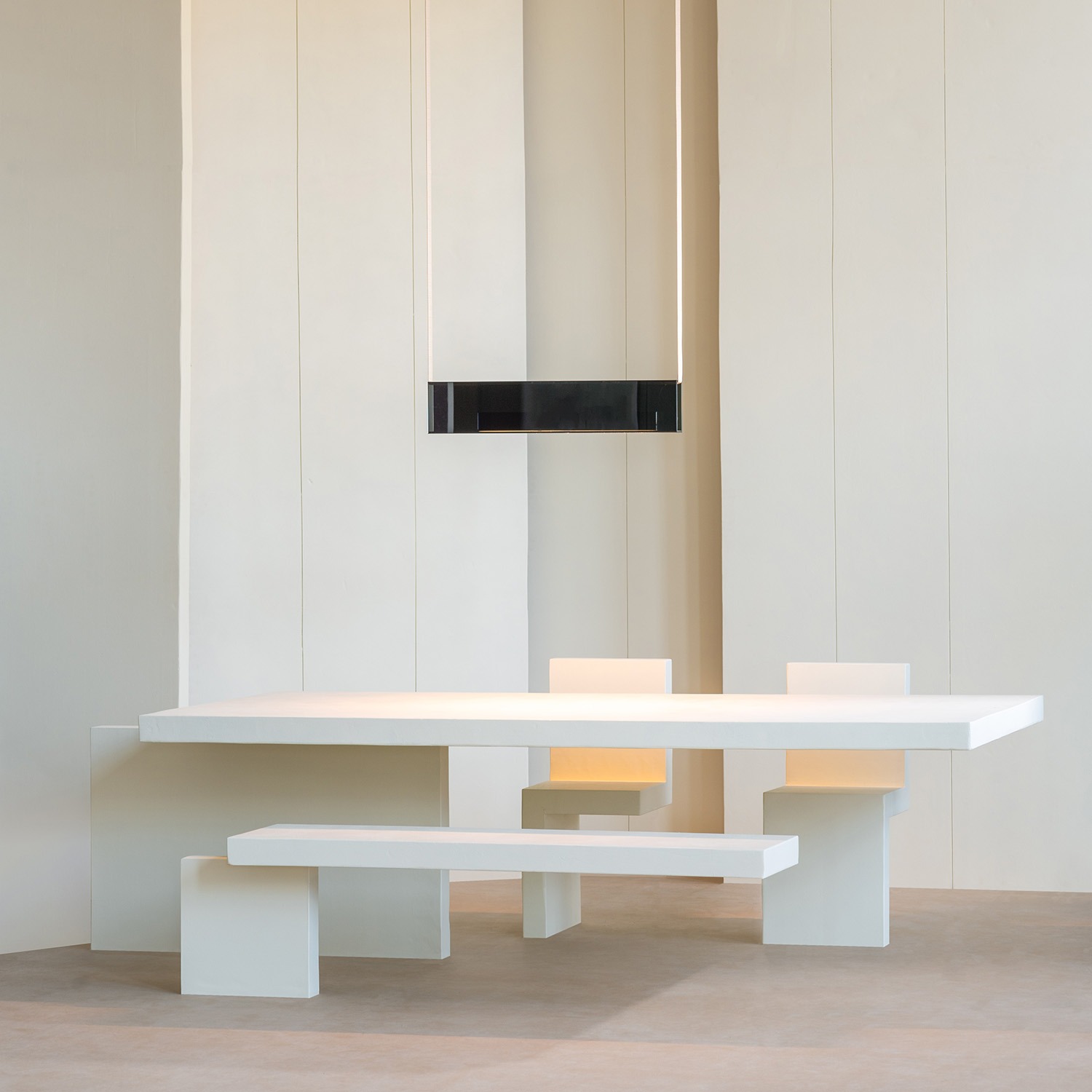
In an object’s design process, photography acts rather like a mirror, revealing the object’s strengths and also its weaknesses. “Before, we used to think of our designs as sculptures that illuminate a space. Now, however, we mull over the quality of the light and the effect it has on the immediate surroundings, and often we modify it, depending on the insight we gain from the photo. Photography helps us to build a narrative for the object.”
Ten years after Samuel converted his small shop in Rue Beaubien in Montréal, Quebec into a design company brimming with personality, its founder still feels a deep attraction for objects: “What really touches me is the life of an object: the life it has had through its creation and the origins of its materials, plus the life that awaits it, the everyday uses it will have and the place it will fill, and whether it will continue to form part of the lives of the people around it.”
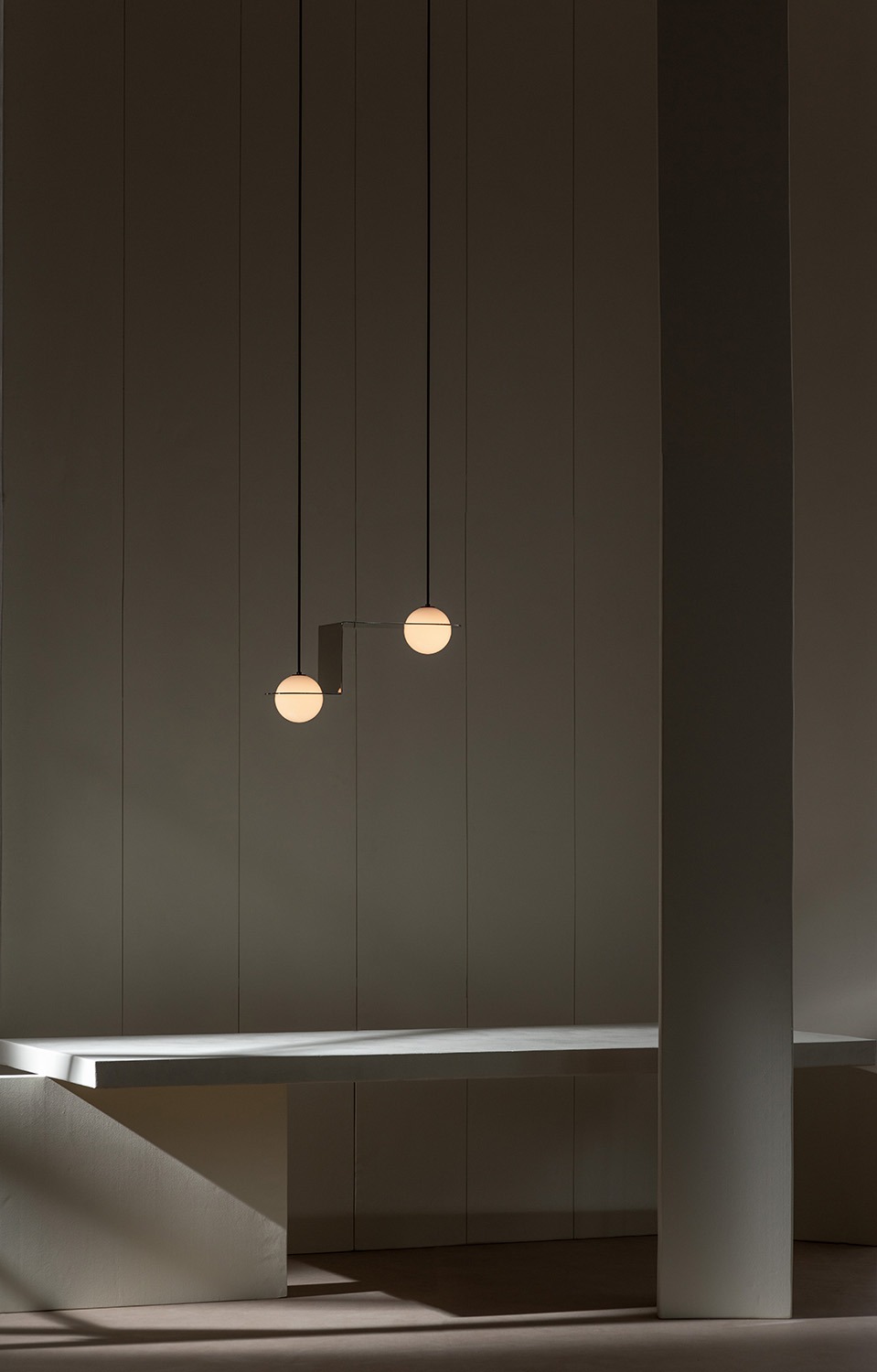
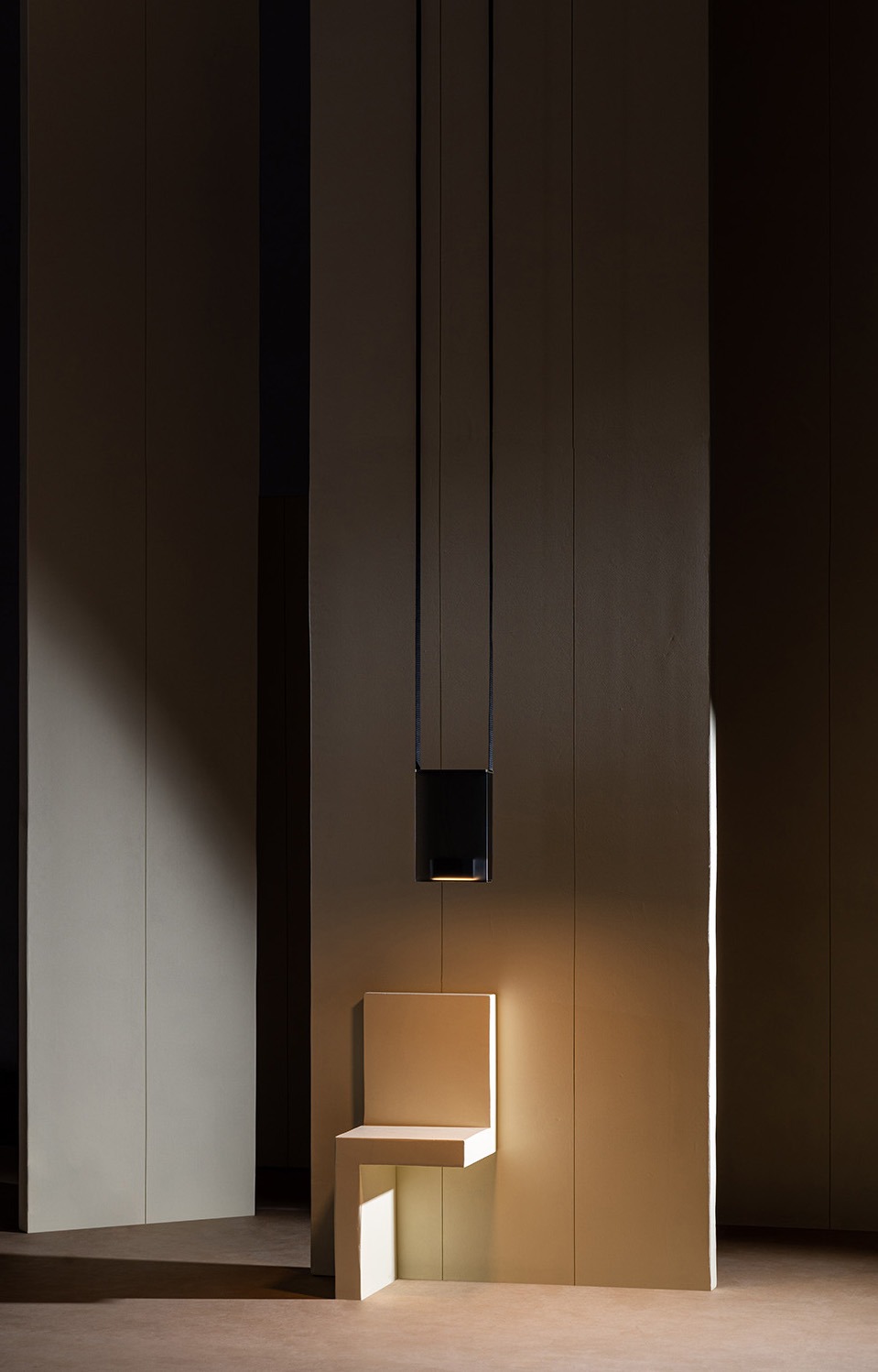
Samuel’s tendency to make his own tools is a deep rooted one. “As a child, I was always making something: my own bikes or go-karts to go dashing down the street.” His father was a professional potter whose studio provided all the tools he needed. “It was a lean-to in the back yard, in a little town to the east of Quebec, called North Valley, with views of the canal that leads to Lake Massawippi. I have very fond (probably romanticized) memories of those days. Everything smelt of the cigarettes my father chain-smoked. I remember the smooth texture of the pots as they dried, the kiln’s perpetual heat, the organized chaos of his tools, the sunlight through the studio window and, above all, the ease with which my father could turn a bit of clay into all kinds of objects. For me, it was sheer magic.”
The family connotations of the name Lambert & Fils [Lambert & Sons] pay tribute to Samuel’s first contact with materials and to the value he places on craftsmanship. “The name has as much to do with my creative links with my father as it does with my desire to pass on the value of meaningful work and a sense of commitment to my children. At the atelier, this is reflected in close relations with everyone else and a receptive attitude, with none of that fear of being challenged by differing views, as happens in families when generations clash.” To foster that same creative spirit, Lambert & Fils has set in motion a new initiative, called LAB, in its Montreal office and workshop.
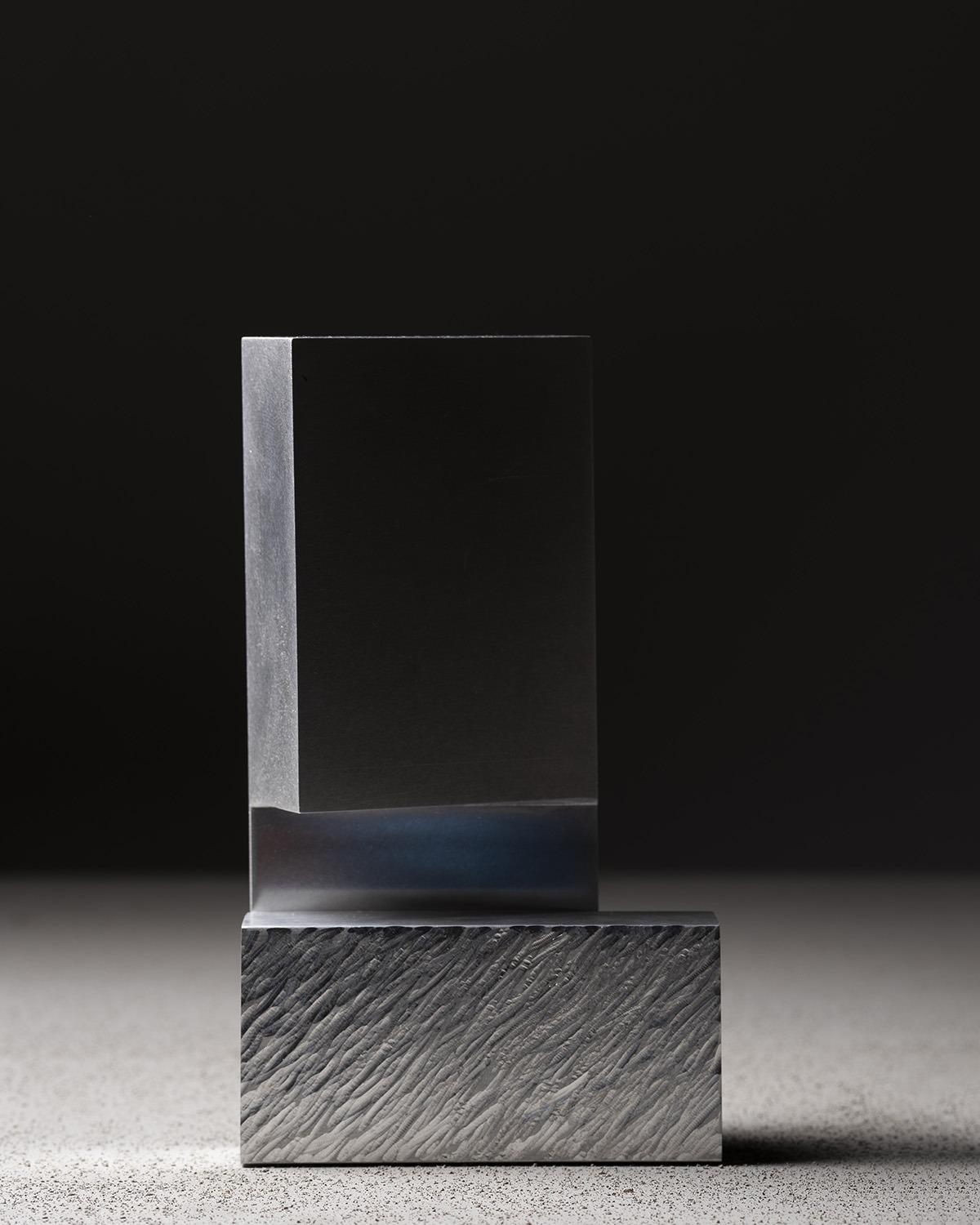
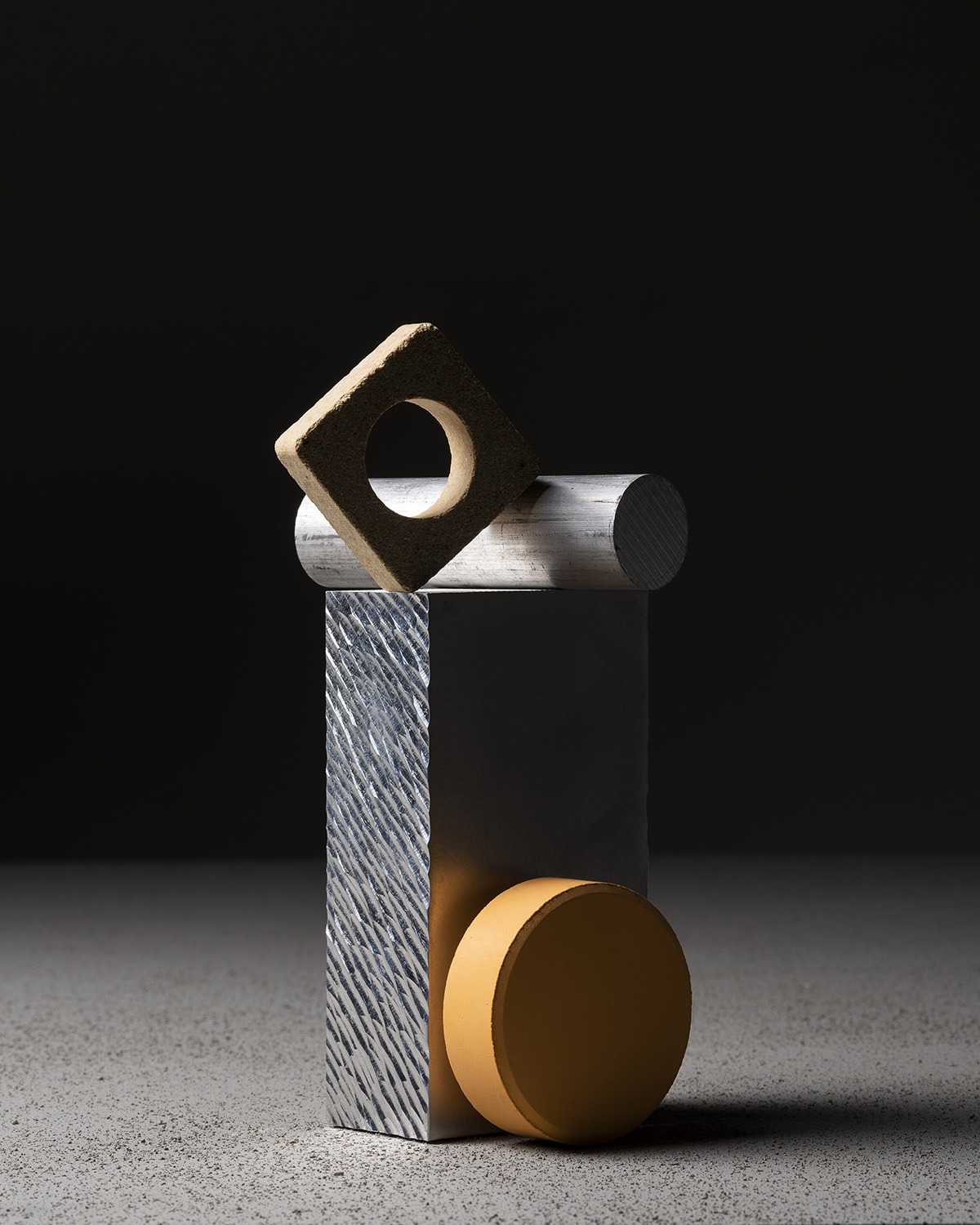
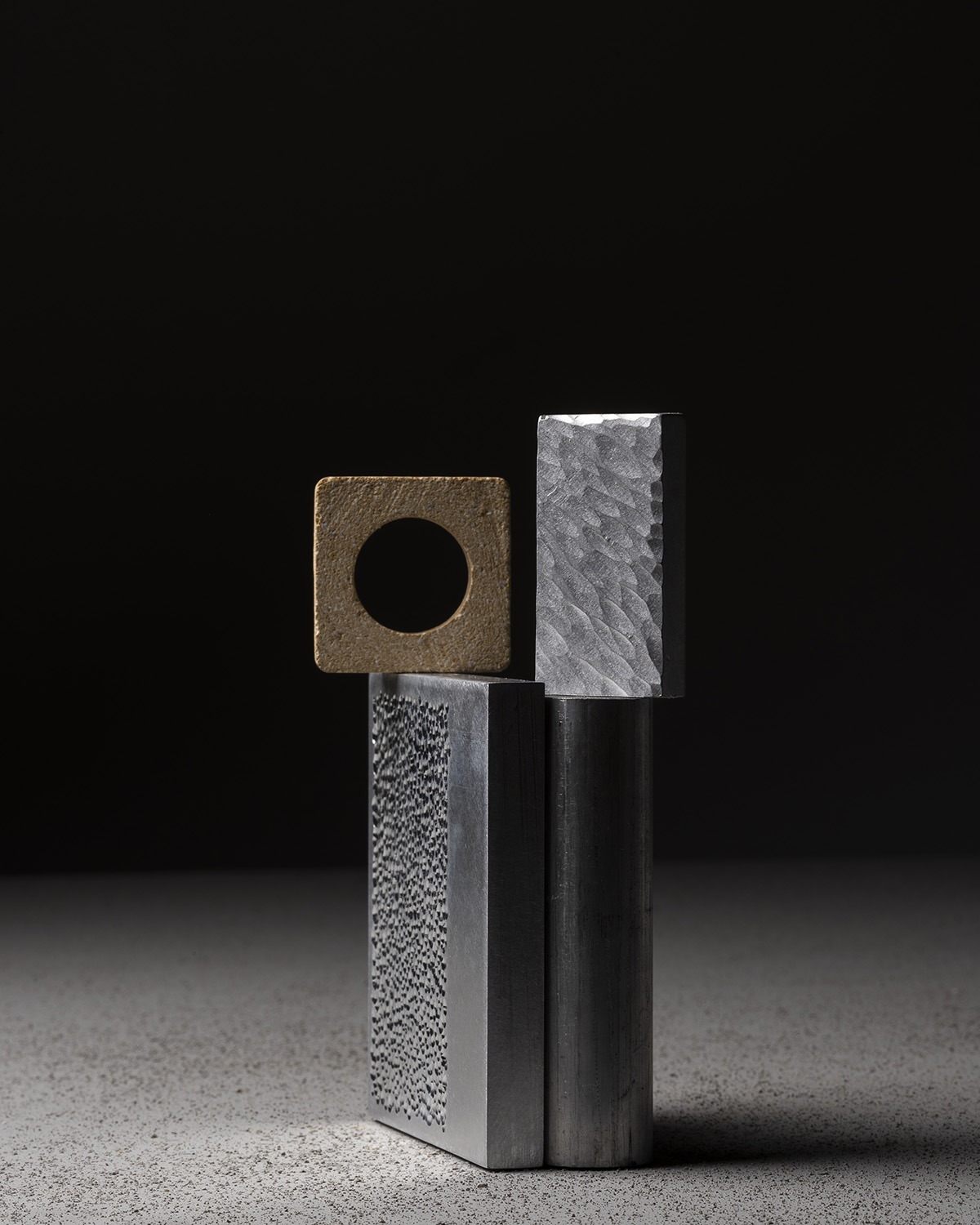
LAB is a space where materials like concrete, leather and paper can be explored in search of new methods of production and artistic expression. “We strive to create and build objects that are not just useful, but also poetic and meaningful, inspired by a desire to investigate combined with a firm collaborative and ethical approach on a human scale,” Samuel sums up. But it is not the only project they have in hand. This fall, the company also plans to open a showroom on the west side of Manhattan, at the corner of Hudson and Daune, in the Tribeca neighborhood of New York. Picking up where Milan’s Caffè Populaire left off, the space will serve as a laboratory and showroom for one-of-a-kind pieces and experiences.
The admiration of Samuel for raw materials is endemic: “I tend to be more impressed by simple objects than complex, decorated ones. Raw materials touch me and that’s why I try not to alter them too much. I suppose I’m somehow trying to recreate the spirit of my father’s studio. My close contact with raw materials and with the trade of a craftsman is a way of repeating those basic gestures I saw repeated over and over again as a child: creating useful yet poetic objects from a humble material.”
